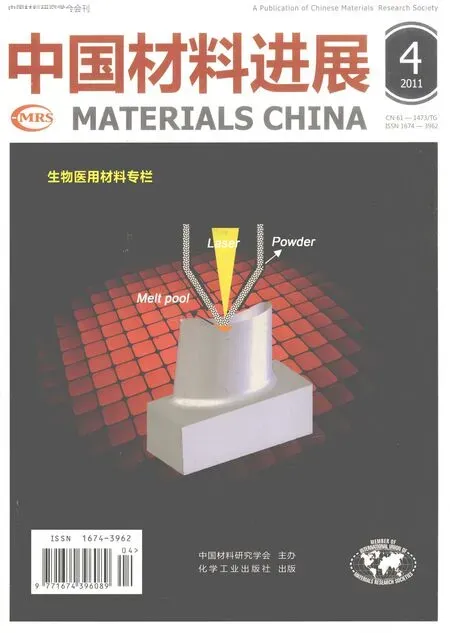Dutch Researchers Identify Huge Potent ial of Nanocrystals in Fuel Cells
Dutch Researchers Identify Huge Potent ial of Nanocrystals in Fuel Cells
The addition of extremely small crystals to solid electrolyte material has the potential to considerably raise the efficiency of fuel cells.Researchers at TU Delftwere the first to document this accurately.Their second article on the subject in a very short time was published in the scientific journal,Advanced FunctionalMaterials.
The researchers at the Faculty ofApplied Sciences at TU Delftwere concentrating their effortson improving electrolyte materials.This is the material between two electrodes,for example in a fuel cell or a battery.The better the characteristics of the electrolyte,the better,more compactly ormore efficiently the fuel cell or battery works.
The electrolyte is usually a liquid,but this has a numberof drawbacks.The liquid has to be verywell enclosed,for example,and it takes up a relatively large amount of space.“It would therefore be preferable to have an electrolyte made of solid matter,”says PhD studentLucas Haverkate.“Unfortunately though,that has disadvantages aswell.The conductivity in solid matter is not as good as it is in a liquid.”
“In a solid matter you have a network of ions,inwhich virtually every position in the network is taken.Thismakes it difficult for the charged particles(protons)to move from one electrode to another.It’s a bit like a traffic jam on a motorway.What you need to do is to create free spaces in the network.”
One of the ways of achieving this,and therefore of increasing conductivity in solid electrolytes,is to add nanocrystals(of seven nanometres to around fifty nanometres),of Titanium Dioxide.“A characteristic of these TiO2 crystals is that they attract protons,and this createsmore space in the ne twork.”The nanocrystals are mixed in the electrolyte with a solid acid(CsHSO4).This lattermaterial'delivers'the protons to the crystals.“The addition of the crystals appears to cause an enormous leap in the conductive capacity,up to a factor of 100,”concludes Haverkate.
This remarkable achievement by TU Delft has already led to two publications in the scientific journalAdvanced Functional Materials.LastDecember,Haverkate published an article on the theory behind the results.His fellow PhD student,W ing Kee Chan,is the main author of a second item that appeared in the same publication thisweek.Chan focused on the experimental side of the research.“The nice thing about these two publications is that the experimental results and the theoretical underpinning strongly complement each other,”says Haverkate.
Chan carried outmeasurementson the electrolyte material using the neutron diffraction method.This involves sending neutrons through thematerial.The way in which the neutrons are dispersedmakes itpossible to deduce certain characteristicsof the material,such as the density of protons in the crystals.Haverkate:“It is the first t ime thatmeasurements have been taken of solid-material electrolytes in thisway,and on such a small scale.The fact thatwe had nuclear research technologies at the Reactor Institute Delft at our disposalwas tremendously valuable.”
However,the combination of TiO2and CsHSO4does notmark the end of the search for a suitable solid-material electrolyte.Othermaterial combinationswill be tested thatmay achieve better scores in the area of stability,for example.Professor Fokko Mulder,who is Haverkate’s and Chan’s PhD supervisor,says.“At this stage,we are more concerned about acquiring a fundamental understanding and a usefulmodel,than the concrete issue of finding outwhat themost suitablematerial is.It is important thatwe identify the effect of nanocrystals,and give it a theoretical basis.I think there is great potential for these electrolytes.They also have the extra benefit of continuing to function well over a wide range of temperatures,which is of particular relevance for applying them in fuel cells.”
(From:http://www.physorg.com/news/2011-03-dutch-huge-potential-nanocrystals-fuel.html)

